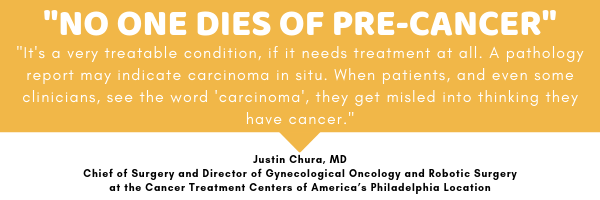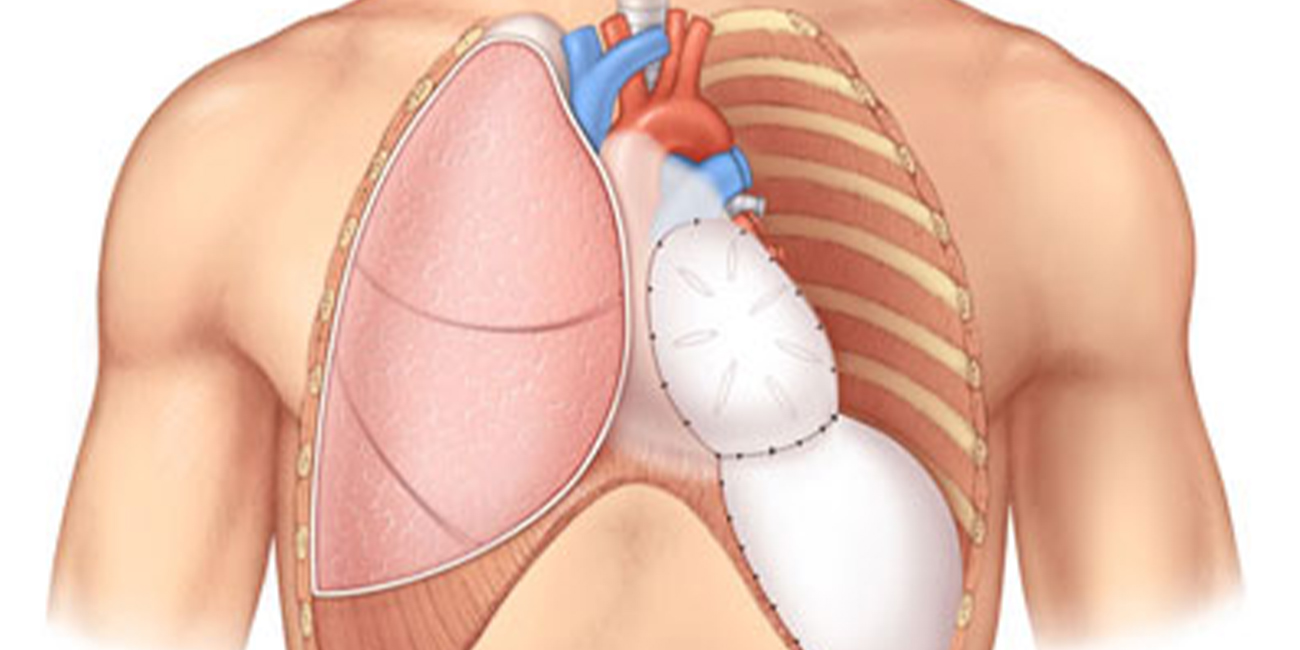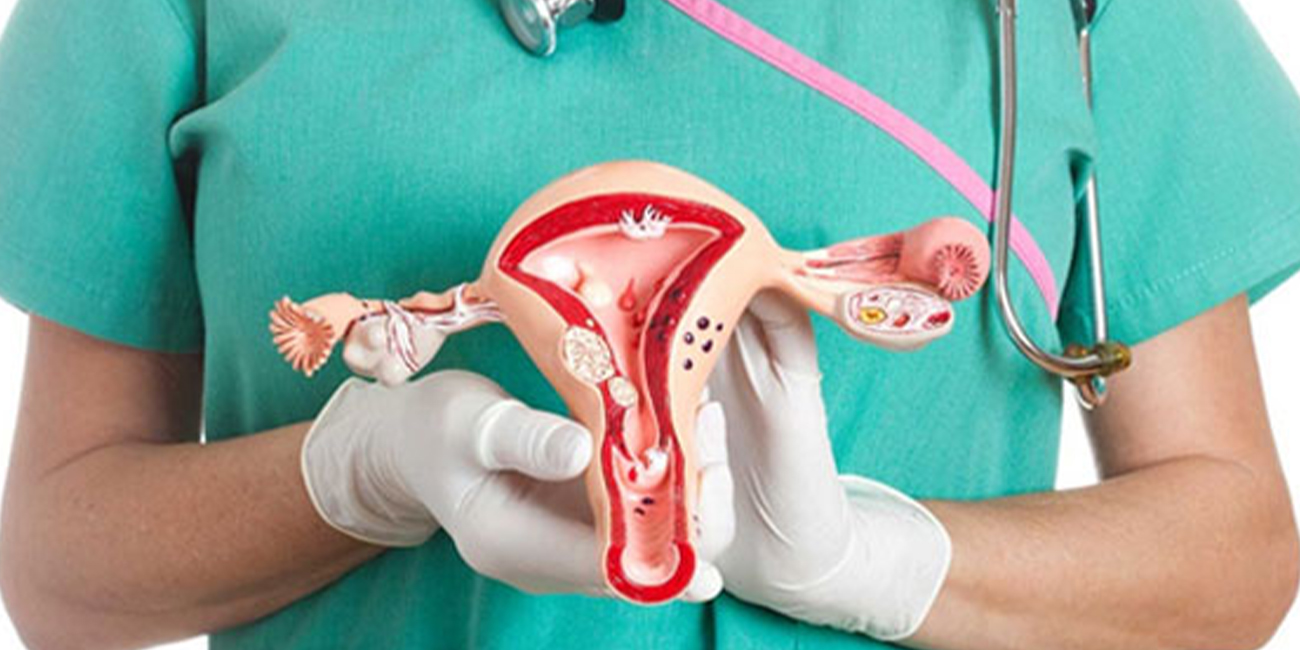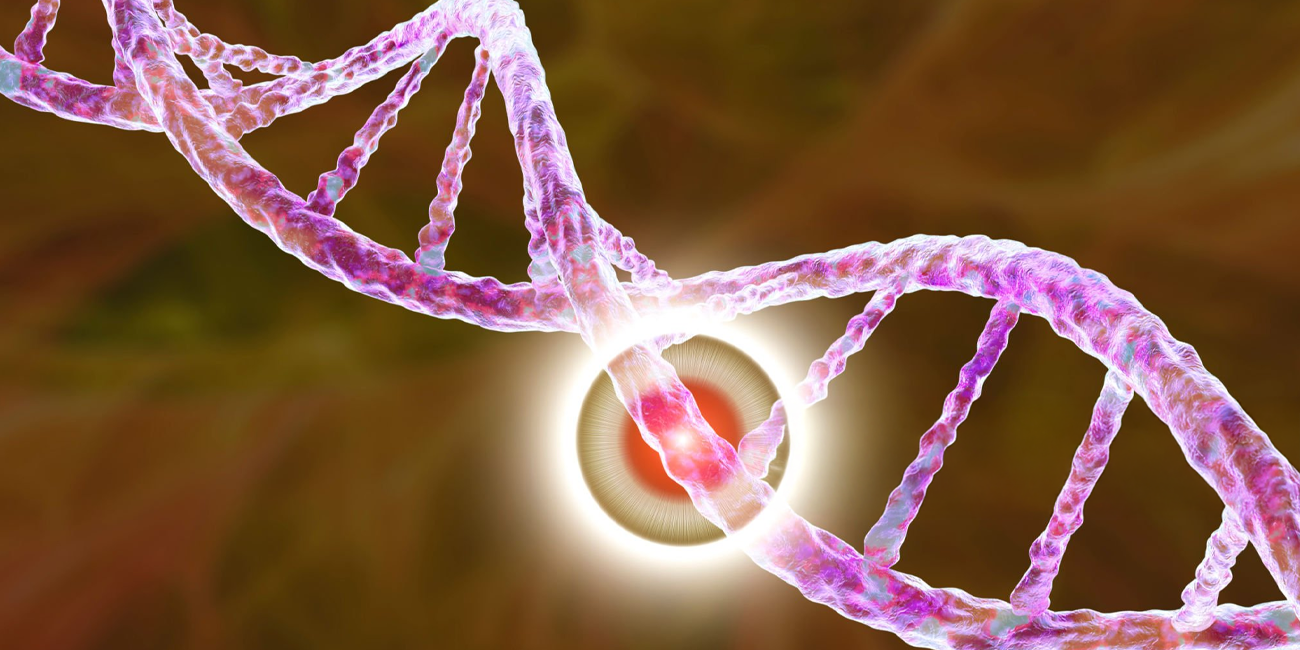
Book a Consultation
Thank you!
Your form has been sent successfully.



March 25, 2021
Every day, people around the world are diagnosed with pre-cancerous conditions. The word cancer strikes fear and panic in those receiving the news, but the diagnosis of a pre-cancerous condition does not need to be as alarming. While pre-cancerous conditions can become cancerous if left unchecked, this diagnosis is by no means a guarantee, and in many cases, not even likely. Read along to learn about the term pre-cancerous and what it means to those with conditions meeting this description.
Pre-cancer can mean a wide range of conditions, all stemming from the presence of abnormal cells. These abnormal cells are simply cells that have grown differently than those surrounding it, causing them to have an unusual shape, size, or other appearance when compared to normal cells.

What are some common pre-cancerous conditions and how they are found?
PAP tests help to detect cervical dysplasia, otherwise known as abnormal cells in the cervix. Typically, low-grade dysplasia only requires treatment if the dysplasia persists for a couple years. High-grade dysplasia on the other hand does usually require a biopsy which would determine what next steps, if any, need to be taken.
Colonoscopies can detect the presence of colon polyps, which are small clumps of cells that can form along the lining of the colon. The majority of colon polyps are harmless though the rule of thumb is the larger the polyp, the larger the chance it is cancerous. A pathologist is required for the actual diagnosis. Most polyps can be removed during the colonoscopy screening but, if the polyps are to large, they can be removed laparoscopically. Laparoscopic procedures use a small, fiber-optic instrument to view the polyps and remove them. In very rare cases, complete removal of the colon may be recommended.
Dermatologists use skin cancer screening to identify and remove any skin lesion or other abnormal area. They test these skin samples, looking for evidence of cancers and preventing them from metastasizing, or spreading. Usually the lesions removed are common, non-cancerous spots, but, early detection allows doctors to keep an eye on anything suspicious and allows them to act fast on anything that comes back with a possible cancer diagnosis.
The majority of the time, it is very uncertain whether these abnormal cells will actually become cancerous and with advances in modern medicine, doctors tend to find these conditions earlier and earlier each year. This allows treatments and monitoring of these conditions to begin immediately. This permits the doctors to get ahead of these pre-cancerous cells and treat the condition before it has a chance to become anything more.

Pre-cancerous conditions are not cancer, but they should serve as a warning to stay up to date on medical visits, screenings and, possibly the most important, tell your doctor any concerns or changes with your body. After all, you know your body best.
Written by D. Maves


December 24, 2025
It's natural to wonder if testosterone replacement therapy (TRT) is sa...
KNOW MORE

December 24, 2025
A rash that will not calm down is scary, especially when it changes or...
KNOW MORE

December 24, 2025
Florida’s lung cancer burden remains significant and affects many fa...
KNOW MORE

December 24, 2025
A partial hysterectomy, also called a supracervical hysterectomy, is s...
KNOW MORE

December 24, 2025
Finding a rash on your breast can be unsettling, but remember, many ra...
KNOW MORE

December 16, 2025
Hearing a HER2 gene mutation on a report can feel scary, but it also p...
KNOW MORE
